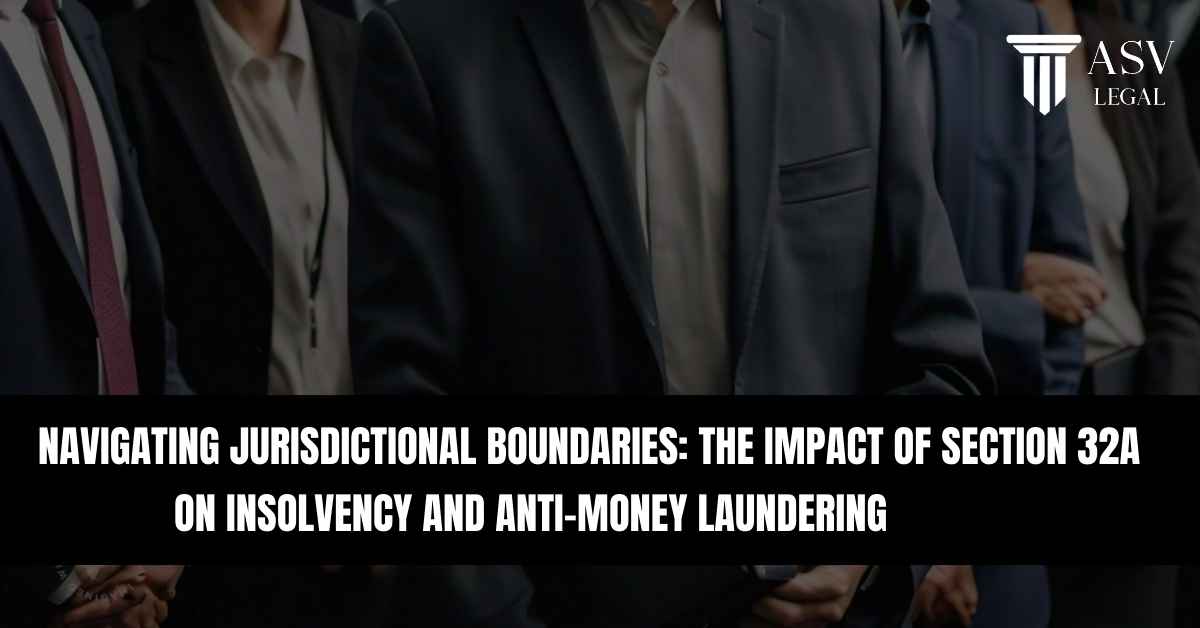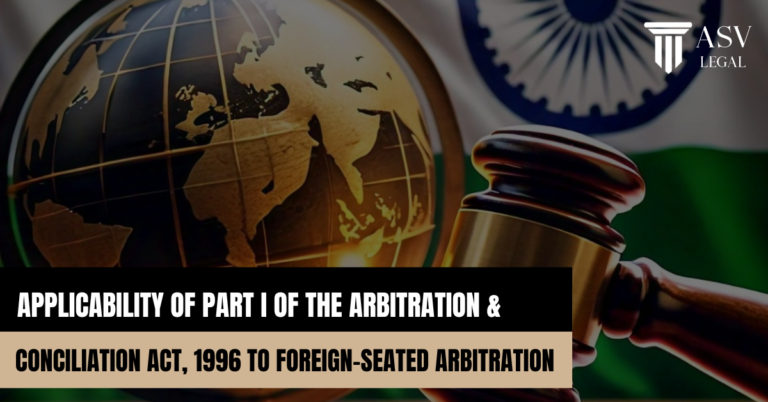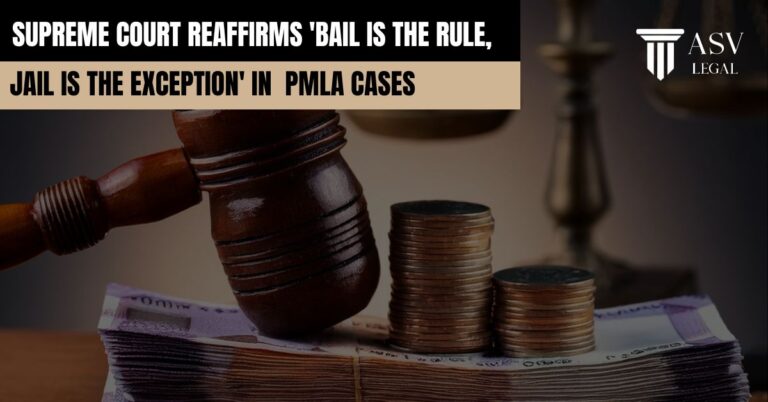Written By: Tushar Gadia
Introduction
Section 32A of the Insolvency and Bankruptcy Code, 2016 (“Code”), introduced significant protections for corporate debtors undergoing insolvency resolution. Despite this, questions have arisen about the National Company Law Tribunal’s (“NCLT”) authority to order the release of properties attached by the Directorate of Enforcement (“ED”), as doing so directly impacts ongoing proceedings under the Prevention of Money Laundering Act, 2002 (“PMLA”). This tension between insolvency law and anti-money laundering regulations presents a complex legal challenge, raising issues about the jurisdictional boundaries of the NCLT and the role of the ED in such cases.
Evolution and Significance of Section 32A
Before the introduction of Section 32A in the Code, there was ambiguity surrounding the attachment of a corporate debtor’s assets post-resolution approval. Section 32A clarified that once a resolution plan is approved, the corporate debtor is exempt from any penalties or liabilities for actions taken before the commencement of the Corporate Insolvency Resolution Process (“CIRP”). This includes the automatic release of any attachments, seizures, or confiscations of assets, eliminating the need for the debtor or resolution professional to initiate new legal proceedings to halt wrongly initiated actions, such as those under the PMLA. The Hon’ble Delhi High Court in Nitin Jain Liquidator PSL Limited v. Directorate of Enforcement[1] further clarified that Section 32A applies from the moment the Adjudicating Authority allows the sale of the corporate debtor as a going concern, rendering any enforcement actions by the ED ineffective thereafter. The provision operates as a non-obstante clause, overriding conflicting laws, and reinforcing the finality of approved resolution plans.
The Hon’ble Bombay High Court recently reaffirmed a fundamental principle of the IBC, emphasizing that once the NCLT approves a resolution plan, the corporate debtor is automatically relieved of any liabilities arising from offenses committed prior to the initiation of the CIRP. This ruling reinforces the requirement that a corporate debtor’s assets must be released upon the approval of the resolution plan, offering clarity on the interaction between insolvency proceedings and the enforcement of pre-insolvency liabilities under various legal frameworks.
Analysis of Shiv Charan v. Adjudicating Authority[2]
The facts of the case are such that the assets of DSK Southern Projects Private Limited were attached by the ED under the PMLA, following allegations of money laundering. The attachment took place before the company was admitted into CIRP. However, after the NCLT approved the resolution plan in 2023, it specifically ordered the ED to release the attached assets. The ED, in response, filed a writ to the NCLT to lay down the attached assets on the ground of the NCLT’s direction to that effect. The Hon’ble Bombay High Court clarified that it will be dealing with the core issue of whether the NCLT has the jurisdiction to direct the ED to release attached properties under Section 32A.
The Court meticulously analyzed the interplay between Sections 32A and 60(5) of the Code and highlighted several key findings. It established that Section 32A provides corporate debtors with immunity from prosecution for offenses committed prior to the initiation of the CIRP. As a result, once the NCLT approves a resolution plan, the corporate debtor is automatically relieved of these liabilities.
Moreover, Section 32A(2) protects the assets of the corporate debtor from actions such as attachment, seizure, or confiscation, including those initiated under the PMLA. The Court also confirmed that the NCLT possesses the jurisdiction to instruct the ED to release attached properties after a resolution plan’s approval, thus reinforcing its authority over matters related to the CIRP, including disputes regarding asset release and the extinguishment of liabilities. As a non-obstante provision, Section 32A supersedes any conflicting provisions in other statutes, safeguarding the corporate debtor’s immunity. Importantly, this immunity is activated automatically upon the approval of the resolution plan, which means that neither the resolution professional nor the successful resolution applicant is required to pursue further legal action to address any ongoing proceedings related to pre-CIRP offenses.
The Hon’ble Court further determined that upon the approval of a resolution plan, when a corporate debtor becomes entitled to immunity under Section 32A, it is the responsibility of quasi-judicial authorities, including the Adjudicating Authority under the PMLA, to acknowledge this immunity and proactively release the attached properties. The Court emphasized that this approach is essential to uphold the rule of law as established in Section 32A. Accordingly, the Court ordered the ED to release the assets that had been attached from the Corporate Debtor.
Conclusion
The recent ruling by the Bombay High Court regarding the application of Section 32A of the Insolvency and Bankruptcy Code (IBC) marks a significant development in balancing the protection of corporate debtors with the interests of investigative agencies, such as the Enforcement Directorate (ED). This clarity encourages resolution applicants to participate confidently in the CIRP, as they can be assured of protection from pre-CIRP offenses and actions taken by enforcement agencies. However, it also raises important questions regarding potential conflicts with other legislation, particularly concerning economic offenses, and the applicability of automatic discharge of liabilities to personal guarantees from promoters or directors. As such, while this judgment marks a pivotal step forward in streamlining the insolvency resolution process, further clarification from future rulings will be essential to address these uncertainties and reinforce the integrity of the IBC.
[1] 2021:DHC:4187
[2] WP (L) No. 9943 of 2023 & WP (L) No. 29111 of 2023



